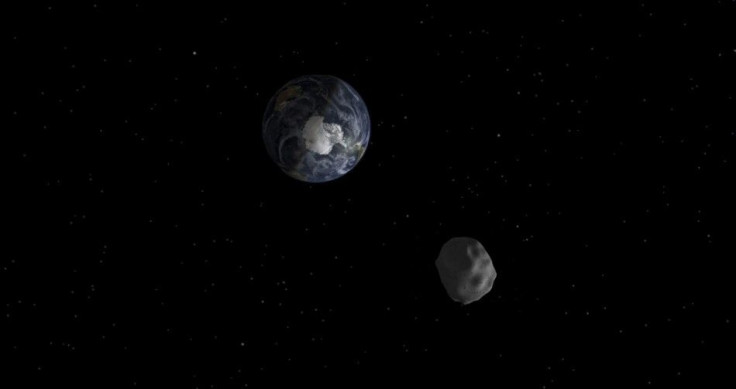Potentially hazardous asteroid 'Apophis' might directly hit Earth in 2036; 'close' pass expected on Friday the 13th, April 2029

Chances are that asteroid Apophis, named after the Egyptian god of evil, darkness and destruction, might hit Earth and wipe out a country in 2036, warn a team of US and Russian scientists.
Apophis, formally labelled “doomsday” asteroid, is also expected to make a close pass on Friday, April 13th 2029. The flyby could be as close as 18,300 miles away from the Earth, inside the orbit of the Earth's geosynchronous satellites. Therefore, the flyby is expected to disrupt the communication satellite.
In addition, because of the close proximity, Earth's gravitational pull is expected to change the trajectory of the asteroid. The asteroid will pass over the mid-Atlantic states of the US and will be visible from the naked eye, reports The Express.
The change in the trajectory of the asteroid is expected to make an impact again seven years later, in 2036. According to Russian space scientist Leonid Sokolov from the St. Petersburg State University, the asteroid might collide with our planet.
The prediction of a collision made by the Russian scientists is based on the chances of passing of a 270-metre-long Apophis through Earth's gravitational keyhole. The gravitational keyhole is an area outside Earth, just larger than the size of the asteroid, that has the capability to tweak the asteroid's path due to Earth's gravity.
"The situation is that in 2029, April 13, Apophis flies very close to the Earth, within five Earth radii, so that will be quite an event, but we've already ruled out the possibility of it hitting at that time," said Donald Yeomans of NASA's Near-Earth Object Program Office, reports Christian Today.
"On the other hand, if it goes through what we call a keyhole during that close Earth approach, then it will indeed be perturbed just right so that it will come back and smack Earth on April 13, 2036."
Back in 2004, NASA first announced that an asteroid, twice the size of a football field, could smash into Earth in 2029. However, in 2013, the chances of it hitting Earth in 2029 were reduced to zero.





















